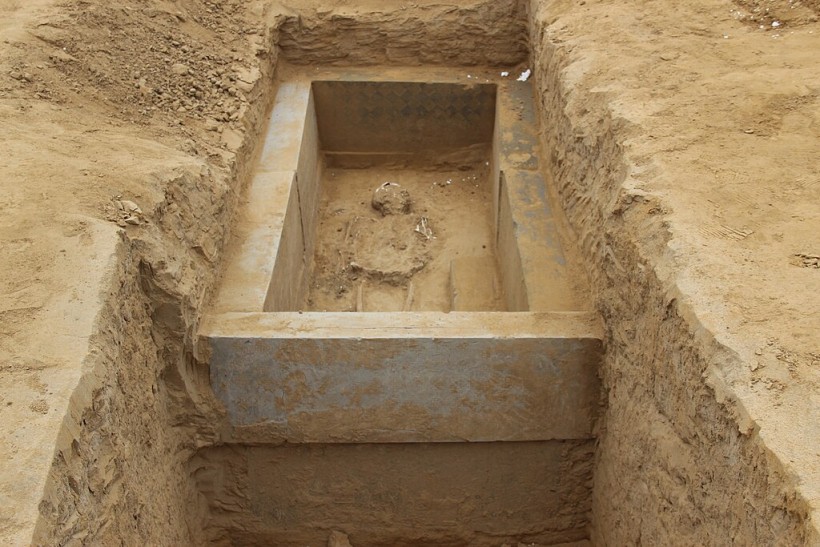Most cultures and religions have traditions related to funeral practices and mourning. Some rituals involve customs to prepare the dead for their return from the afterlife. Meanwhile, civilizations engage in practices to prevent the 'zombies,' also known as revenants, from returning.
What Are Revenants?
In the cultures of different ancient civilizations, the term "revenant" refers to a person who returns from the dead as a spirit or animated corpse. The ancient people believed that these individuals did so to terrorize the living.
Across Europe, revenant graves dating back thousands of years have been found in various locations. Most such graves date to the Middle Ages, although some originate from prehistoric times.
These zombie burials are characterized by evidence of precautions to prevent the deceased from rising. These measures typically include placing large stones on the legs of the dead or piercing the bodies with a lance to fix them in the ground.
In modern times, science has confirmed that there is a condition where a supposedly dead person comes back to life after dying. Known as "Lazarus Syndrome," it happens when a person's blood circulation returns spontaneously after the heart stops beating and fails to restart despite cardiopulmonary resuscitation (CPR).
READ ALSO: 2,000-Year-Old Celtic Cemetery Reveals Humans and Cherished Animals Laid to Rest Together
Ancient Zombie Grave
The latest example of a revenant grave was discovered near the village of Oppin in the German state of Saxony-Anhalt. It was found during rescue excavations before planned construction work for an energy infrastructure project.
According to the Saxony-Anhalt's State Museum of Prehistory, the ancient burial contained a man aged 40 to 60 at the time of his death. The man was discovered in a crouched position, pinned under a large stone that measures 3.2 feet (98 centimeters) long and 1.6 feet (49 centimeters) wide. Experts believe the stone must have been placed there for a reason, probably to keep the dead man in the grave and prevent him from coming back to life.
According to archaeologist Susanne Friederich from the State Office for Heritage Management and Archaeology of Saxony-Anhalt, they already knew that Stone Age people feared revenge. Because of this, these ancient cultures tried to prevent the unwanted comeback with magic.
Back then, people believed the deceased sometimes tried to free themselves from their graves. In some cases, the dead were laid on their stomachs. Friederich noted that if the dead lie in this position, they burrow more deeply instead of reaching the surface.
The burial has yet to be conclusively dated using precise methods. However, it appears to be associated with the Bell Beaker phenomenon, an archaeological culture that occurred more than 4,500 years ago in Europe and persisted for centuries. Experts found a grave of the Bell Beaker culture nearby and other remains, such as a hearth.
The discovery indicates that prehistoric people feared the deceased returning from the afterlife. The burial could also represent the first revenant grave discovered in central Germany from the Bell Beaker period. It would be unusual if confirmed, given that there is little evidence of such burial customs for this culture.
RELATED ARTICLE: Giant Medieval Grave in Sweden Unveils Nobleman's Role in Historical Union with Denmark and Norway
Check out more news and information on Graves in Science Times.













![Venus Lost Water and Dried Out Due to Chemical Reaction HCO+ Dissociative Recombination [Study]](https://1721181113.rsc.cdn77.org/data/thumbs/full/53493/258/146/50/40/venus-lost-water-and-dried-out-due-to-chemical-reaction-hco-dissociative-recombination-study.jpeg)

